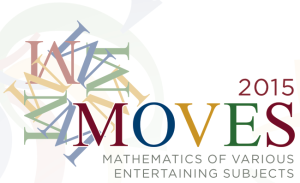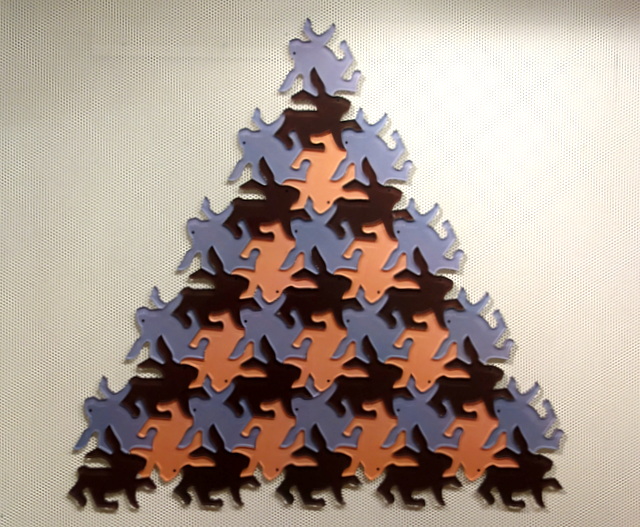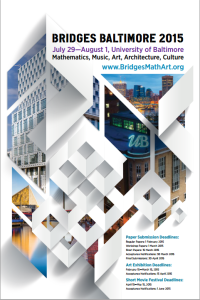Desmos, the free, browser-based graphing utility, has quickly become an indispensable tool in the mathematics classroom. It provides easy, intuitive access to graphs of functions and relations, and creates unique opportunities to understand mathematical relationships dynamically.
But to me, its greatest virtue may be that Desmos provides opportunities to use mathematics to create. I like to think of Desmos as a mathematical makerspace, where the tools at our disposal are exactly the tools of mathematics.
To that end, when I introduce students to Desmos, we always work toward the creation of something mathematical. Below are some beautiful examples of student work from our latest round of Desmos projects.
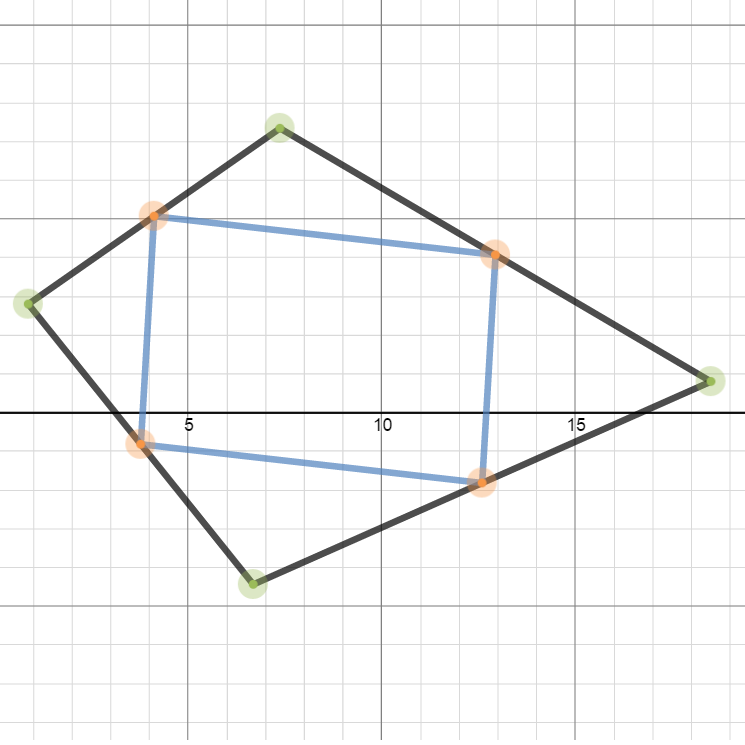 |
 |
| Varignon’s Theorem | Vector Projections |
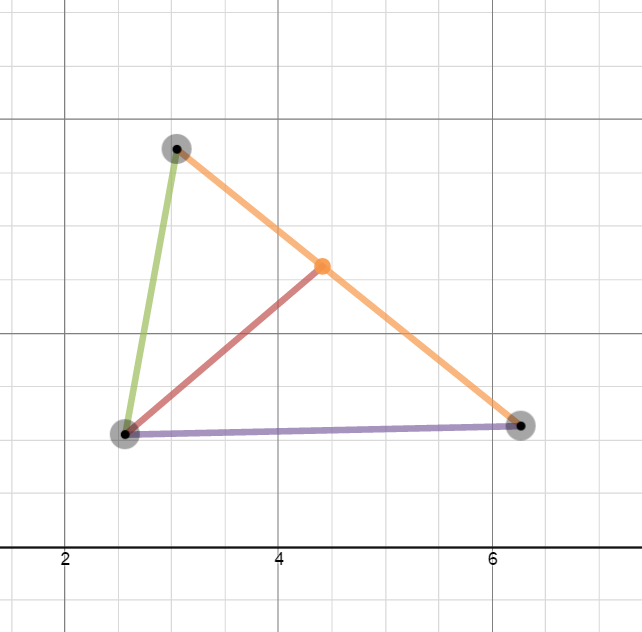 |
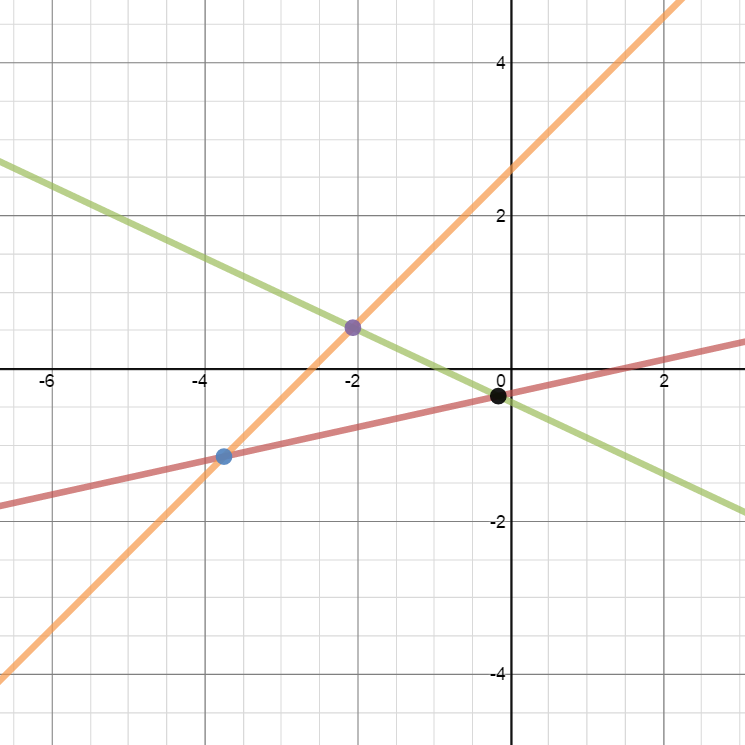 |
| Angle Bisector Theorem | Three Lines Intersecting |
You can find more of my work with Desmos here.

